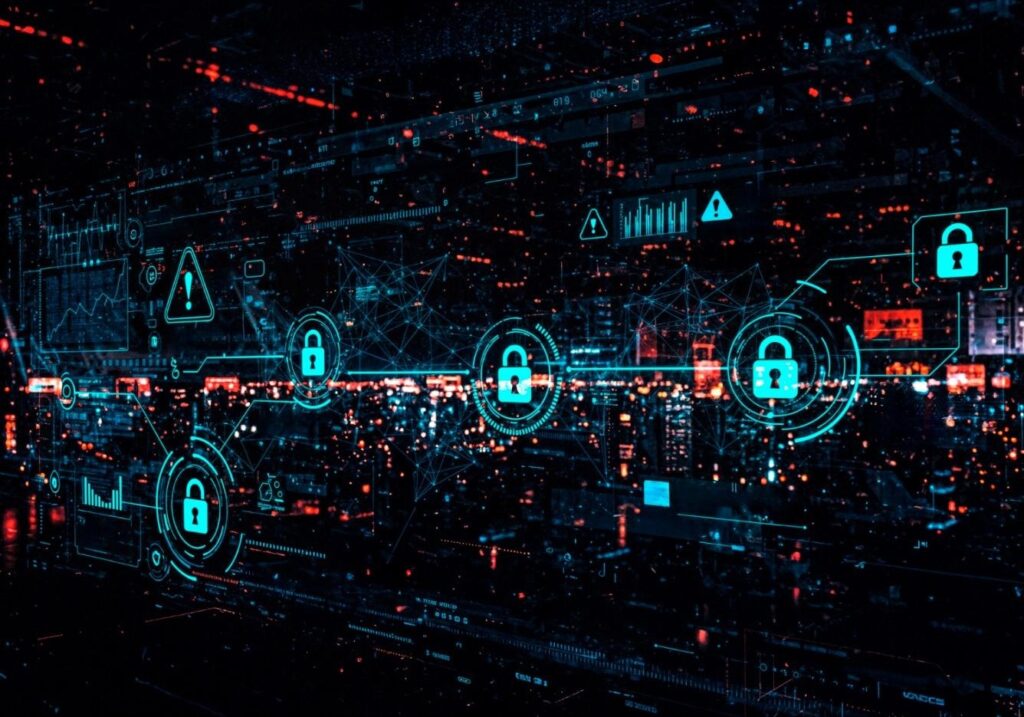With the ever-changing world of digital technological advancement, the security of IT systems ranks high on the agenda of businesses of any size. Cyber threats are increasingly becoming more complex, and organizations cannot underestimate the need of frequent system updating. One unresolved vulnerability is all an attacker needs to access and act on sensitive information, cause an outage, or result in a financial loss. It is here that well-organized update strategies are very important in keeping with up the defenses and continuity in operations.
Contents
- 1 Why Software Updates Matter
- 1.1 Building a Structured Update Policy
- 1.2 These more formal policies particularly come in handy in more enterprise-wide IT and environments where systems can be distributed across numerous geographic and domicile platforms or systems.
- 1.3 Balancing Automation and Human Oversight
- 1.4 The automation changed the approach of organizations towards updates. Application of modern tools can scan available updates, initiating deployment across networks and even confirming installation. This not only takes less time but also averts the chances of oversight. But it is essential to make use of human judgement. Not all the updates are safe and there may be some compatibility challenges when using them with the present systems. Automation and human review is the equilibrium required to update safely and efficiently.
- 1.5 Connecting Update Strategies to Broader Security Goals
- 1.6 The Role of Patch Management
- 2 Looking Ahead
Why Software Updates Matter
The upgrade of the software is not only improved feature addition, but also an important instrument in the detection and offsetting of flaws and holes in the apps and the operating systems. Vendors publish updates usually to correct security vulnerabilities, better performance improvement and compatibility problems. Systems update helps the organizations to fend off new threats other than ensuring the organizations improve the productivity of its users and adherence to the industry standards.
Starving updates may have an awful outcome. As an example, numerous cases of the most famous cyber attacks in the world could be found in unpatched systems. These are the reminders of how poor or lack of responsiveness to making updates can expose the whole network to pointless danger.
Building a Structured Update Policy
Businesses can deal with updates by establishing an official policy that will address how and when updates will be done. This policy is more controlled; it also minimizes the chances of human error and gives accountability between groups. Important aspects of it are:
- Asset inventory: Keep the detailed list of all hard requested up to date.
- Testing environment: Test updates on controlled environment before the complete release.
- Prioritization: Implementation of any critical updates should be carried out instantly whereas less important updates are to be implemented in a planned method.
- Surveillance and reporting: Follow up the success of updates and report to ensure results comply.
These more formal policies particularly come in handy in more enterprise-wide IT and environments where systems can be distributed across numerous geographic and domicile platforms or systems.
Balancing Automation and Human Oversight
The automation changed the approach of organizations towards updates. Application of modern tools can scan available updates, initiating deployment across networks and even confirming installation. This not only takes less time but also averts the chances of oversight. But it is essential to make use of human judgement. Not all the updates are safe and there may be some compatibility challenges when using them with the present systems. Automation and human review is the equilibrium required to update safely and efficiently.
Connecting Update Strategies to Broader Security Goals
Intelligent update strategies add value to the entire cybersecurity agenda through resilience, data protection, and compliance with regulatory requirements. Minimized attack surface and rapid attention to vulnerabilities allow organizations to be less vulnerable to cyber-attacks. This preventive strategy helps illustrate accountability to the stakeholders, clients, and the regulators who consequently instill confidence in the business.
The Role of Patch Management
At the core of these strategies lies patch management, the process of identifying, testing, and deploying patches to systems and applications. It also assures the known vulnerabilities are closed within required time. When combined with a broader cybersecurity strategy, patch management also underpins continuous resilience and enables businesses to thrive without having to worry about security factors.
Looking Ahead
Update strategies are going to keep getting polished as technology develops. New technologies like artificial intelligence, cloud-native tools, and cloud-native applications will change the way businesses protect their environments even today. With a well-placed policy framework, a mix of human overseeing and automation, and with the willingness to update on time, any company can enhance this element of risk to manageable levels and maintain trust therein.
At a time when there is a headline story every day about data being stolen, having a secure and consistent update process is no longer just a technical need, rather a business requirement.

